Congress Govt.’s control can put Metro Rail back on track
Chief Minister A. Revanth Reddy reverses the national trend, taking over the stalled Metro to deliver on commuters’ needs, not corporate excuses. In a bold move that defies the nationwide retreat of governments from public enterprises, Revanth Reddy has taken full control of the Hyderabad Metro Rail, ending L&T’s decade-long concession. What was once hailed as India’s largest public-private partnership had long been mired in stalled expansion, spiralling debt, and unmet promises.
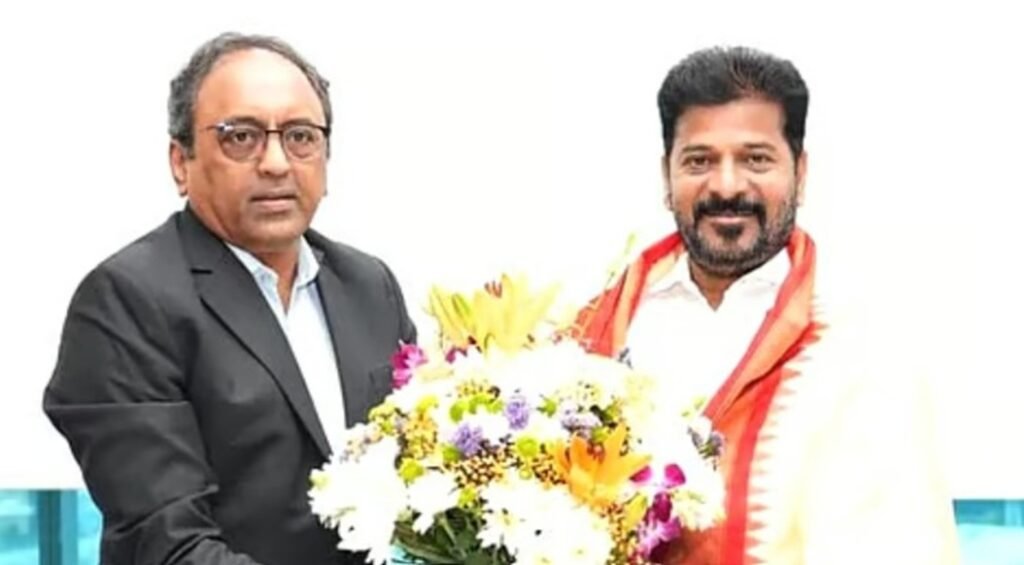
On September 26, 2025, the Congress government decided to break the deadlock by taking full control of the Hyderabad Metro Rail. By assuming over Rs. 13,000 crore in liabilities and committing to compensate the private operator L&T for its equity, Revanth Reddy has signalled that for him, the Metro is not a balance-sheet burden but an emotional and moral responsibility toward lakhs of commuters who battle the city’s daily gridlock.
But politically and strategically, it marks a turning point.
A system frozen in place: Why government control matters
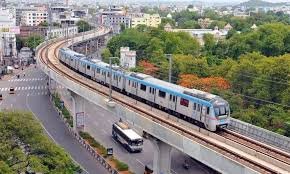
The existing network – 69 km across three corridors – had reached a standstill. The Centre refused to clear Phase 2 expansion until ownership and debt issues from Phase 1 were resolved. L&T, weighed down by losses, showed little appetite for further investment. As a result, Hyderabad slipped in the national rankings: once the second-largest metro in India, it now stands at ninth. For a city that brands itself as a tech capital, this stagnation was glaring.
Therefore, the logic behind the takeover is simple yet makes huge sense. Without public ownership, expansion was impossible. Every kilometre of new track required negotiations that had less to do with transport planning and more to do with balancing L&T’s losses. By absorbing the debt, the State frees itself to design expansion around urban needs rather than bureaucratic red tape or corporate balance sheets.
While critics may see this as the State paying for private inefficiency, the alternative – letting the metro languish – would have been more expensive in social and economic terms. Traffic congestion in Hyderabad is estimated to cost the economy thousands of crores annually in lost productivity and fuel. A stronger metro goes beyond being just a commuter service; it assumes a more consequential role as an investment in urban efficiency.
Phase 2: Unlocking Hyderabad’s growth map
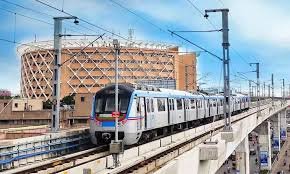
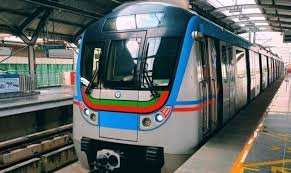
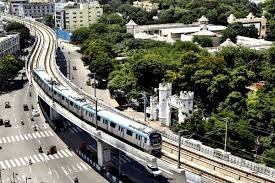
With the ownership issue settled, Phase 2 can move forward now without further delay. The elaborate plan of eight lines, 163 km of new coverage, and connectivity to IT hubs, residential clusters, and emerging growth corridors can work wonders once it takes shape, and will go a long way in redefining Hyderabad transportation. This is not simply about adding stations but about reshaping how the city expands. Better connectivity eases real-estate pressure in core areas, opens up affordable housing zones beyond the city limits, and reduces the environmental toll of endless traffic within the core city region.
Lessons from a failed PPP model
Hyderabad’s metro was often cited as the right template for urban infrastructure through private capital. Instead, it now serves as a cautionary tale. Now considered a failed model, it linked the fate of an essential public service to the financial performance of a single company. Once L&T began bleeding losses, the project lost momentum. The government’s intervention is an implicit admission that some assets are too central to be left vulnerable to corporate fatigue.
The move also carries political weight. The BRS government had allowed the project to drift, with minimal pressure on L&T to deliver. By contrast, Revanth Reddy has not only intervened but also taken on the risks directly. For a city weary of traffic chaos and stalled projects, this signals a willingness to confront inherent structural problems and provide a solution rather than pass the buck.
Opposition leaders like K.T. Rama Rao (KTR) have claimed that governments cannot run such projects efficiently. That argument ignores the irony that it was private management that created the current gridlock. It also proved, yet again, how privatisation of every public facility for personal or political gains can go seriously wrong. Efficiency does not come from ownership labels but from accountability. With the metro now answerable to the State, there is at least political pressure to deliver results quickly.
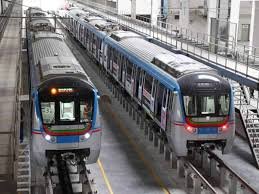
A test of governance
However, the takeover is not a magic wand. Managing debt, ensuring timely execution of Phase 2, and integrating the metro with other forms of public transport will all be difficult tasks. Nevertheless, the fundamentals have shifted: the State now has both the authority and responsibility to act.
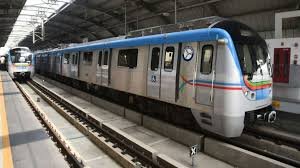
The Hyderabad Metro Rail project began as an experiment in privatised urban infrastructure. It is now becoming a test of whether government leadership can restore momentum and credibility. If Revanth Reddy succeeds, the metro could transform from a stalled showcase into the backbone of Hyderabad’s urban future.
There are lessons to be learned as well: infrastructure that serves millions cannot be held hostage to financial paralysis. By reclaiming the metro, Telangana has settled a corporate dispute and given Hyderabad a second chance at building the city in a way it deserves and at a pace it desires.

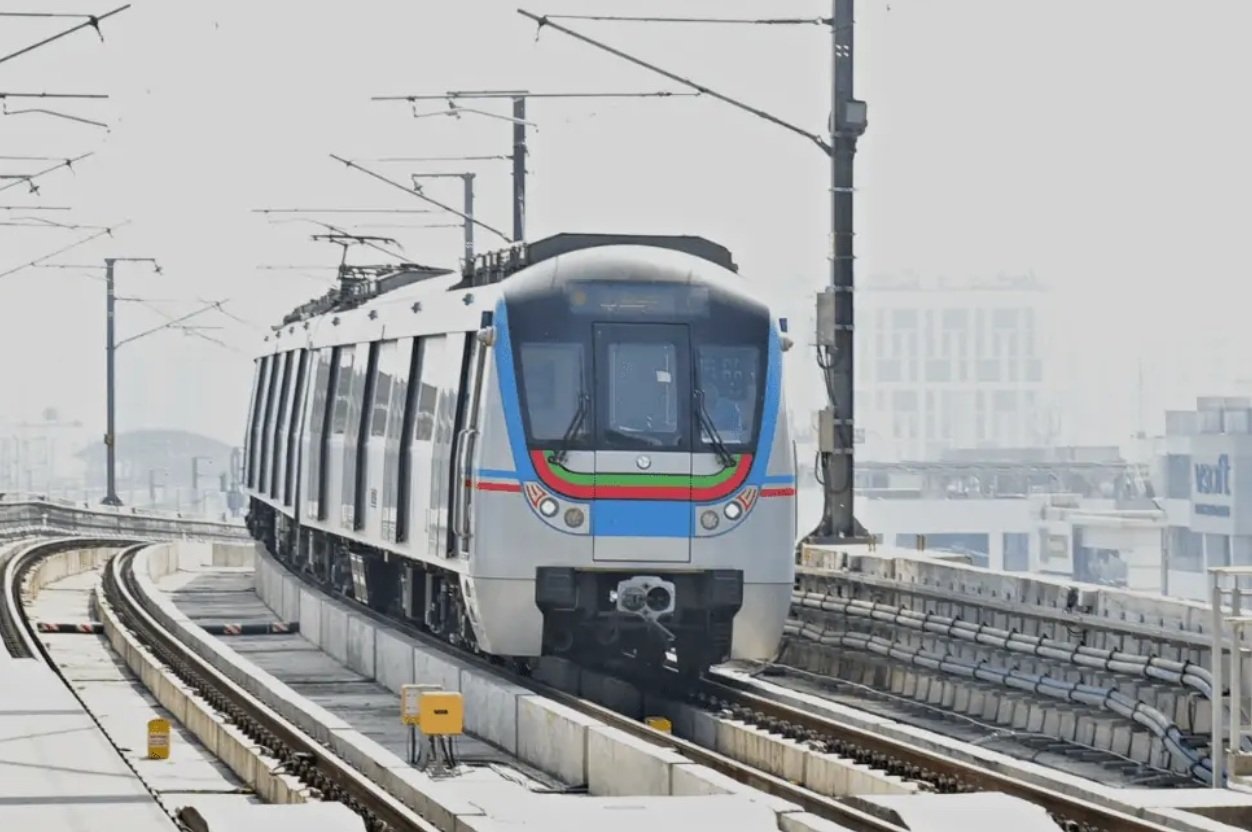
Bondugula suresh reddy
మన తెలంగాణలో అతిపెద్ద నగరమైనటువంటి హైదరాబాద్ దేశంలోనే అభివృద్ధి చెందినటువంటి మన మహానగరం హైదరాబాద్ వివిధ రాష్ట్రాల నుండి మరియు వివిధ దేశాల నుండి వచ్చి ఇక్కడ స్థిరపడిపోతున్నారు మరి మన హైదరాబాద్ నగరము అన్ని రాష్ట్రాలకు అన్ని దేశాలకు ఆదర్శవంతంగా ఉండాలని కోరుకుంటూ మరి రేసింగ్ 2047 తెలంగాణ ప్రభుత్వం కు మనమందరం సహకరించాలని కోరుకుంటూ మరి 2047 వరకు మన మహానగరంలో మూసే కాలువలు చెరువులు కుంటలు కబ్జా కాకుండా భారీ వర్షాలకు రోడ్లపై మురికి కాలువలు నీళ్లు నిలువ ఉండకుండా చేయాలని కోరుకుంటున్నాను చిన్న వర్షాలకు కూడా రోడ్డుపై టూ వీలర్స్ ఫోర్ వీలర్స్ రావాలంటే భయపడే విధంగా కాకుండా బయటకు వచ్చే విధంగా ఉండాలని చేయాలని ప్రభుత్వాన్ని కోరుకుంటున్నాను
Malavath Sunil
Hyderabad low metro stations City start example Medchal to Hitech City Charminar Shamshabad Azamgarh oral City of an our journey easy way to metro stations and the next incluing do Government and Metro and government jobs all ink stores mechanical loco pilots PC all Airtel ka government rule in a metro ekkadiki welali anukuna 30mis lo ipotundi manaku anichutulu vunty
Ramya marripelli
Improve GDP growth…
Azizshadaab
Good, but still it should be more. Thank you
S JAMMANNA
Filling the pot holes on the Road
S JAMMANNA
బాగుంది, కానీ ఇంకా ఎక్కువ ఉండాలి. ధన్యవాదాలు.
చింతల శ్రీకాంత్ యాదవ్
తెలంగాణ రాష్ట్రం ఇప్పటికే అనేక రంగాలలో గణనీయమైన అభివృద్ధిని సాధించినప్పటికీ, మరింత ప్రగతిని చూడటానికి ఈ క్రింది అంశాలపై ఇంకా దృష్టి పెట్టవలసిన అవసరం ఉంది:
1. ప్రాంతీయ అసమానతల తగ్గింపు (Reducing Regional Disparities):
గ్రామీణ మరియు ఇతర పట్టణాల అభివృద్ధి: హైదరాబాద్ చుట్టూ కేంద్రీకృతమైన అభివృద్ధిని రాష్ట్రంలోని ఇతర పట్టణాలకు, ముఖ్యంగా వరంగల్, కరీంనగర్, నిజామాబాద్ వంటి నగరాలకు విస్తరించడం.
మౌలిక సదుపాయాల మెరుగుదల: విద్య, వైద్యం, రవాణా వంటి ప్రాథమిక మౌలిక వసతులను అన్ని జిల్లాలలో మెరుగైన స్థాయికి తీసుకురావడం.
2. విద్య మరియు నైపుణ్యాభివృద్ధి (Education and Skill Development):
ఉన్నత విద్య నాణ్యత: ప్రభుత్వ పాఠశాలలు, కళాశాలల్లో విద్య నాణ్యతను మరింత పెంచడం.
ఉద్యోగావకాశాలకు అనుగుణంగా నైపుణ్య శిక్షణ: పెరుగుతున్న ఐటీ, తయారీ రంగాల అవసరాలకు అనుగుణంగా యువతకు అత్యాధునిక నైపుణ్య శిక్షణ (AI/ML, సైబర్ సెక్యూరిటీ వంటివి) అందించడం.
3. ఆరోగ్య సంరక్షణ (Healthcare):
గ్రామీణ ఆరోగ్య సేవలు: గ్రామీణ ప్రాంతాల్లో మెరుగైన వైద్య సేవలు, ప్రాథమిక ఆరోగ్య కేంద్రాల (PHC) బలోపేతం.
సూపర్ స్పెషాలిటీ ఆసుపత్రులు: ప్రాంతీయ కేంద్రాలలో మరిన్ని సూపర్ స్పెషాలిటీ ఆసుపత్రులను ఏర్పాటు చేయడం.
4. వ్యవసాయం మరియు రైతులు (Agriculture and Farmers):
ఫుడ్ ప్రాసెసింగ్ పరిశ్రమలు: వ్యవసాయ ఉత్పత్తులకు సరైన ధర కల్పించడానికి మరియు వృథాను తగ్గించడానికి ఫుడ్ ప్రాసెసింగ్ పరిశ్రమలను బలోపేతం చేయడం.
మార్కెటింగ్ వసతులు: రైతులకు తమ ఉత్పత్తులను విక్రయించడానికి మెరుగైన మార్కెటింగ్ వసతులు మరియు గిడ్డంగులను (Storage facilities) పెంచడం.
5. పర్యావరణం మరియు సుస్థిరత (Environment and Sustainability):
పట్టణ ప్రణాళిక: నగరాల్లో కాలుష్యాన్ని నియంత్రించడం, ట్రాఫిక్ సమస్యలను తగ్గించడం మరియు సుస్థిరమైన పట్టణ ప్రణాళికను అమలు చేయడం.
జల వనరుల సంరక్షణ: చెరువులు మరియు ఇతర జల వనరులను సంరక్షించడం మరియు పునరుద్ధరించడం.
6. ఇతర రంగాల అభివృద్ధి:
తయారీ రంగం (Manufacturing): ఐటీతో పాటు తయారీ రంగానికి మరింత ప్రోత్సాహం అందించడం.
పర్యాటకం (Tourism): రాష్ట్రంలో ఉన్న చారిత్రక, ఆధ్యాత్మిక, సహజ సిద్ధమైన పర్యాటక ప్రాంతాలను అభివృద్ధి చేయడం.
ఈ అంశాలపై దృష్టి సారించడం ద్వారా తెలంగాణ రాష్ట్రం అన్ని వర్గాల ప్రజలకు సమానమైన మరియు సమగ్రమైన అభివృద్ధిని సాధించగలదు.
D. Vijaya nirmala
Mana telagana lo musi nadi cheruvu lu kabja kakunda govt chusukovali mana hyderabad chala goppa ga teerchididdalani govt ni korukuntuna. Traffic jam lekunda clear aye vidamga chudagalaru. Mana nagarani marintha adbutanga andari drustini akarshinchela marchandi sir thank you
Manasa Ramakrishna
గ్రామాలను అభివృద్ధి చేయాలని ఆశిస్తున్నాం. గ్రామాలనుండి వలసలు ఎక్కువ అయ్యాయి.
Mulkala Naresh
Devolpment telangana economi
And stop free scheme